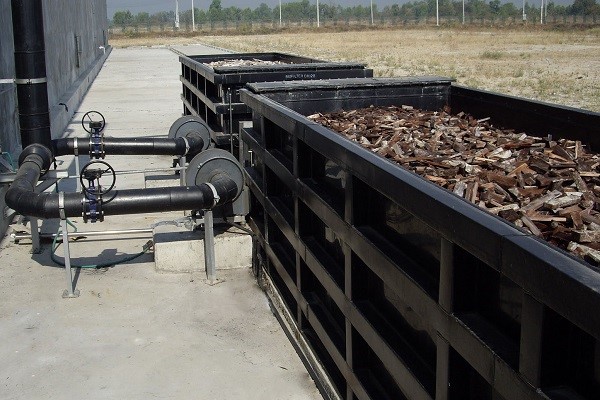 The biological decomposition of organic waste by microorganisms is one of the most important and effective ways of organic matter removal from the environment and is a part of the natural carbon cycle of the earth. There are many processes which can occur to break down complex organic matter, some of which generate odorous gases as decomposition products
The biological decomposition of organic waste by microorganisms is one of the most important and effective ways of organic matter removal from the environment and is a part of the natural carbon cycle of the earth. There are many processes which can occur to break down complex organic matter, some of which generate odorous gases as decomposition products
For example, in the absence of oxygen, sulfur contained in some organic matter can be converted to hydrogen sulfide (H2S) whose smell resembles the odor of rotten eggs. At wastewater treatment and organic waste-to-energy plants, these processes must occur in controlled environments, to ensure such odors are controlled as well.
Odor in wastewater treatment facilities can originate from many locations, such as pump stations, equalization basins, screens, sludge treatment facilities, and many more. However, potential odor issues are not exclusive to the wastewater treatment footprint. All organic waste-generating or receiving sites will experience biological activity and decomposition of organic matter and the generation of potentially-offensive odors.
Avoid odor nuisance for the benefit of the environment, local community, and workers
Nowadays, odor treatment and control are a key consideration during the design of municipal and industrial waste and wastewater facilities, as there can be significant implications to permitting and operations if nearby neighbors are impacted by odors generated at the treatment facilities. There are numerous cases of facilities being forced to shut down and having their permits to operate revoked, due to this issues.
For strict odor control, all of the potential odor-generating areas should be covered or enclosed with removable elements for access, as needed. The odorous enclosed headspaces then need to be ventilated and the air directed towards a deodorization system.